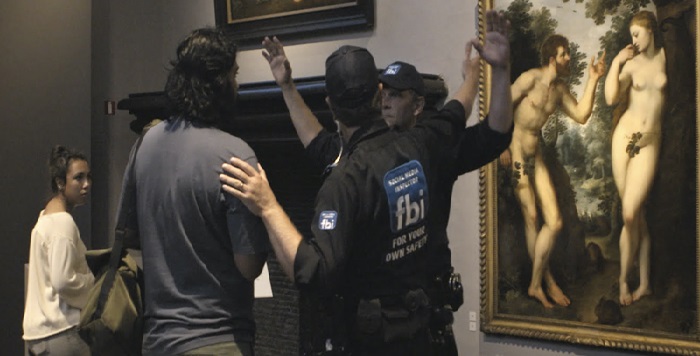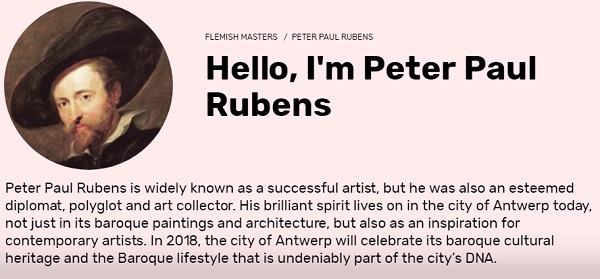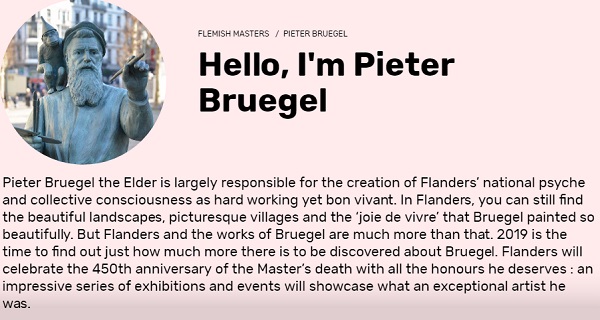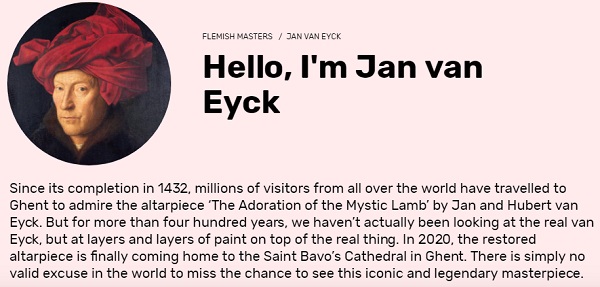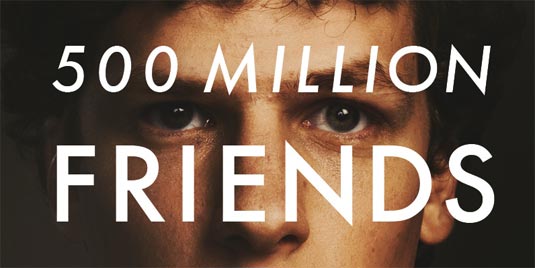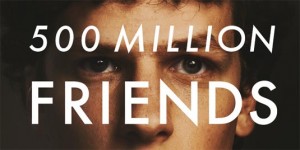When a Porsche minivan doesn’t exist, billionaire Mark Zuckerberg makes one himself, with the help of West Coast Customs FOR HIS WIFE PEDIATRICIAN Dr. Priscilla Chan.
A Personal Touch to Porsche
In social media posts, Zuckerberg proudly shared his creation, revealing how he personally designed the vehicle. The customized SUV features a stretched wheelbase, lower ride height, and a larger rear spoiler. Additionally, the car sports black alloy wheels paired with yellow brake calipers, giving it a sleek, aggressive stance. This minivan, which still carries the DNA of a high-performance vehicle, adds a dash of Silicon Valley flair to the family’s collection.

The Porsche That Became a Minivan
Zuckerberg’s project began with the Porsche Cayenne Turbo GT, a model already known for its performance and luxury. Fitted with a twin-turbo 4.0-liter V8 engine producing up to 650 horsepower in updated form, the base model is an impressive machine. However, the tech mogul wasn’t content with the stock design. He wanted something more practical, particularly for family use. Thus, the Cayenne was stretched, and sliding doors were installed, giving it the feel of a minivan with the heart of a performance SUV.

Porsche’s Minivan Vision
Interestingly, Porsche itself once entertained the idea of a minivan with its Vision Renndienst concept, designed in 2018. The Renndienst, however, never went beyond the prototype stage. The Renndienst model had a futuristic design with six seats, placing the driver in a central position.

Although Zuckerberg’s minivan doesn’t replicate this setup, it opens up the possibility of what Porsche could achieve if they embraced the concept for production.

A Luxury Minivan Market?
While the luxury SUV market is saturated, the minivan sector, especially in regions like Asia, has seen growing demand for high-end models. Zuckerberg’s bespoke Cayenne reflects that trend, though it is unclear if the customization was purely aesthetic or if performance upgrades were made as well. With the ongoing development of a three-row electric SUV from Porsche set to release by 2027, one can’t help but wonder if the tech billionaire’s vision might influence the automaker’s future designs. For the Silo, Verdad Gallardo.



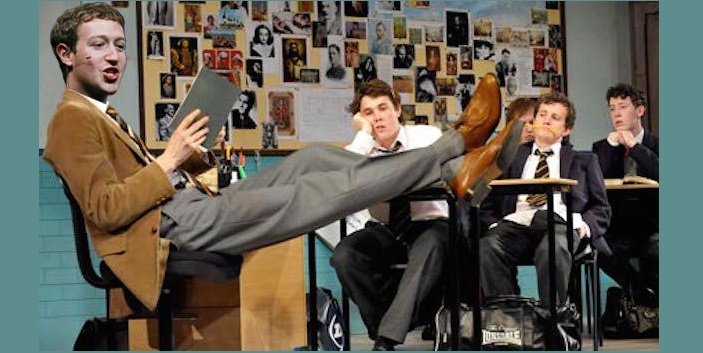
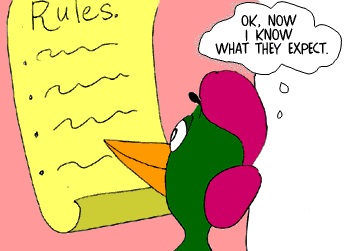 You have probably always wanted to write a book. You have probably tried to start writing it several times and gave up. Or maybe you did write it, but it didn’t quite turn out the way you wanted it to. You have most likely been scared and frustrated by the writing process, as well as exhilarated and thrilled. And you probably wondered how you could tell exactly what you wanted to tell, and tell it well.
You have probably always wanted to write a book. You have probably tried to start writing it several times and gave up. Or maybe you did write it, but it didn’t quite turn out the way you wanted it to. You have most likely been scared and frustrated by the writing process, as well as exhilarated and thrilled. And you probably wondered how you could tell exactly what you wanted to tell, and tell it well.

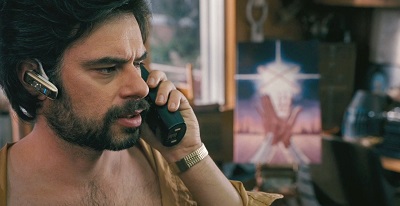
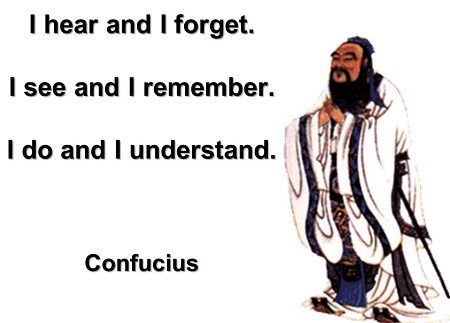 you get stuck you will get unstuck, and with new knowledge keep charging forward. You will see that learning how to write well takes time, and you will allow your tale to be bad and awkward and messy, because you will know that it’s normal, and this is what will keep you from quitting. That’s huge. I wish someone told me this when I started.
you get stuck you will get unstuck, and with new knowledge keep charging forward. You will see that learning how to write well takes time, and you will allow your tale to be bad and awkward and messy, because you will know that it’s normal, and this is what will keep you from quitting. That’s huge. I wish someone told me this when I started.